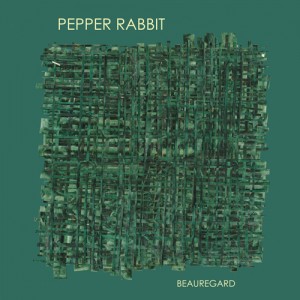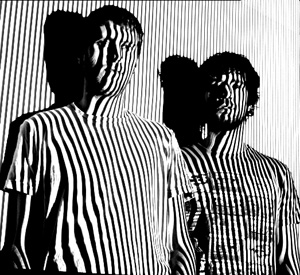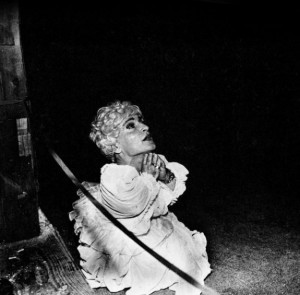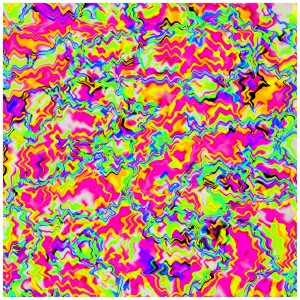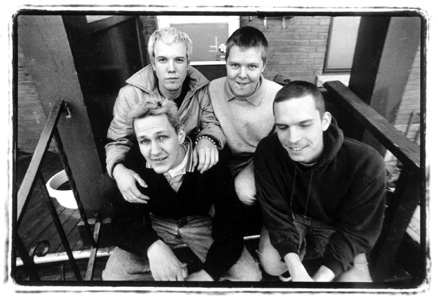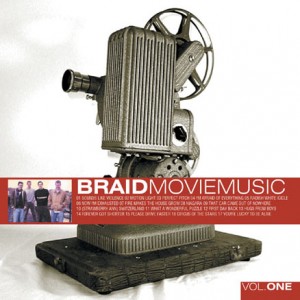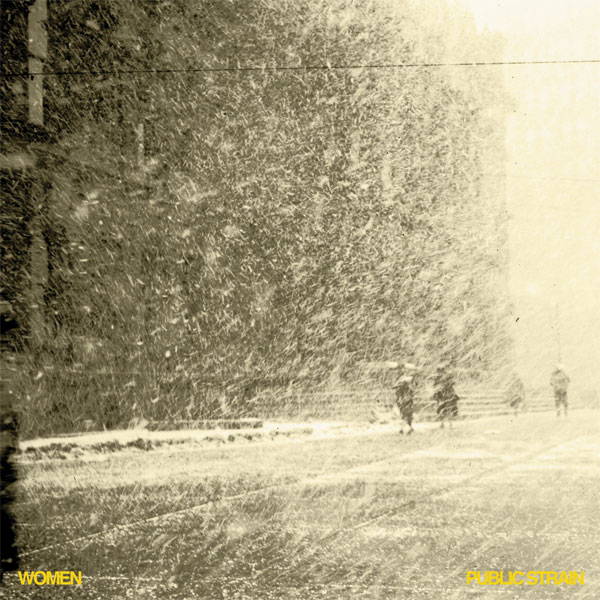Prog-rock has been around for quite a long time now. Though its roots can be traced back to jazz fusion many bands eschew those undertones in search of a new sound that still retains the complexities in the music but not so much the jazzer attitude that can come off as overly pretentious. Nobody wants to end up sounding like Yes, or (it pains me to type this…) Emerson, Lake & Palmer after all. X-Ray Press has created one of the more complex albums that holds a firm footing in the prog world, but is still so much more.
From the opening of the first track, “Everybody, This Is Everyone (And Nobody Cares)”, the guitar tone reminds me of Shellac. The aggressiveness of the music also matches Shellac’s own ethos in some ways, and though they can both be considered to be creating “math-rock” (a genre that side-steps the aforementioned jazz influences found in progressive rock but still holds to the same “complexity for complexity’s sake” constantly shifting time signatures) Shellac would never consider creating an album with songs that are linked thematically forming a deeply woven story about living in the modern age. X-Ray Press’s angle is more similar to that of The Dillinger Escape Plan, with more than just a nod to their metal leanings, but with not as much of the dialed up anger as Dillinger, and cleaned up a bit. Though there is not an overt jazz sound there are glimpses of its interesting harmonies and song structure that can sound reminiscent of “Starless and Bible Black” era King Crimson as in tracks like “Chord and Mumble” and “Holy Ghost, USA“. But then again, doesn’t every prog band have some element or other that points back to King Crimson in some way? There are also strains that sound like Pink Mountain’s avant–garde improvisations in “Bad Beard (God Under Oath).
Hopefully this will give you an idea of the truly rich palette these guys are working from. Of course, it’s little bits here and there, nothing overtly derivative or “ripped-off” from anyone. Strongly influenced yes, but X-Ray Press really does seem to be doing something different. With “Uvb-76” they have taken a rather complex structured album and, where most bands would leave the tracks at 20+ minutes in length, X-Ray Press is carving out little gems that are much more easily grasped because of their forgiving song length of 2 to 5 minutes. This makes for a prog album that is in your face and quite possibly “radio-friendly”. A significant amount of punch is packed into the 2 minutes of “Cubicle Racist” and “Thin Mint, FSA“.
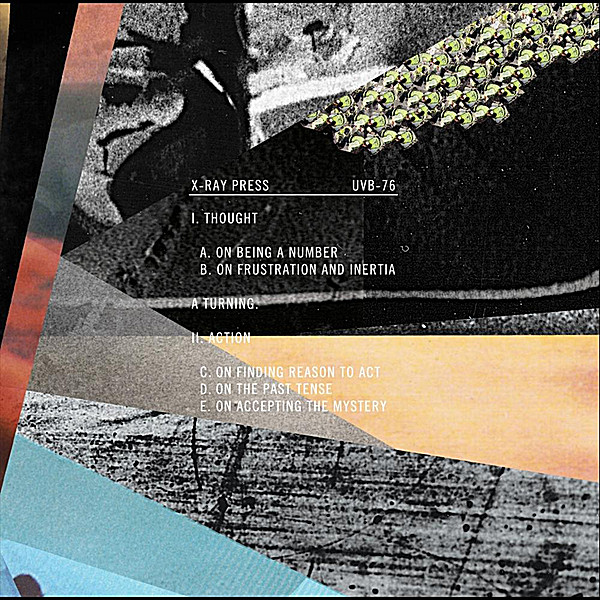
The concept of the album is primarily one of anger and frustration directed toward the world at large which eventually arrives at acceptance through discovering some way in which one can transcend, on ones own, the problems that are continually faced through creative action of some sort. In short: making lemonade from the lemons that life seems to perpetually dish out. From being just another automaton to making something out of ones life and moving on. The album is divided into 2 acts of sorts: I. Thought and II. Action. The first of these is divided up into 2 “scenes” while the 2nd is divided into 3. These “acts” are broken up by haunting, short piano interludes that appear between scenes. It sounds to me like a prepared piano (a concept first invented and developed by the American 20th Century avant-garde composer John Cage) where the strings are somehow stopped or otherwise prevented from resonating.
I told you it was a heady concept…
As mentioned before, their math/prog leanings means that the time signatures do not sit still for a second, switching all over the place before one can even begin to sort out where the downbeat is. As for the substance of the songs though, and there is a lot of substance that goes far beyond complex time signature changes and polymeter, the band has a way of working elements into each song that find them interlocking into a groove for a short time before pulling themselves apart again to go their own separate ways. The inclusion of a Rhodes piano to the ensemble adds to the hint of jazz influence as well as melding well with the guitar tone. It has the ability to sound like the guitar feeding back, but also adds to the bright high end of the guitar, often doubling it though you wouldn’t know until they choose to go their separate ways.
There is a lot to this album, but knowing the kind of fanaticism and dedication to detail that fans of this type of music are I’m sure that very little of it will be lost. If this is a sign of music to come in 2011 then we’d all better hold on because it is going to be an intense ride.
And check it out! You can stream the entire album at the band’s own bandcamp site!
Or, if you are in a hurry, I have uploaded two tracks below.
[audio:http://quartertonality.com/wp-content/uploads/2010/12/XRayPress-07_Cubicle_Racist.mp3|titles=XRayPress-Cubicle Racist] [audio:http://quartertonality.com/wp-content/uploads/2010/12/XRayPress-12_Holy_Ghost_USA.mp3|titles=XRayPress-Holy Ghost USA]


